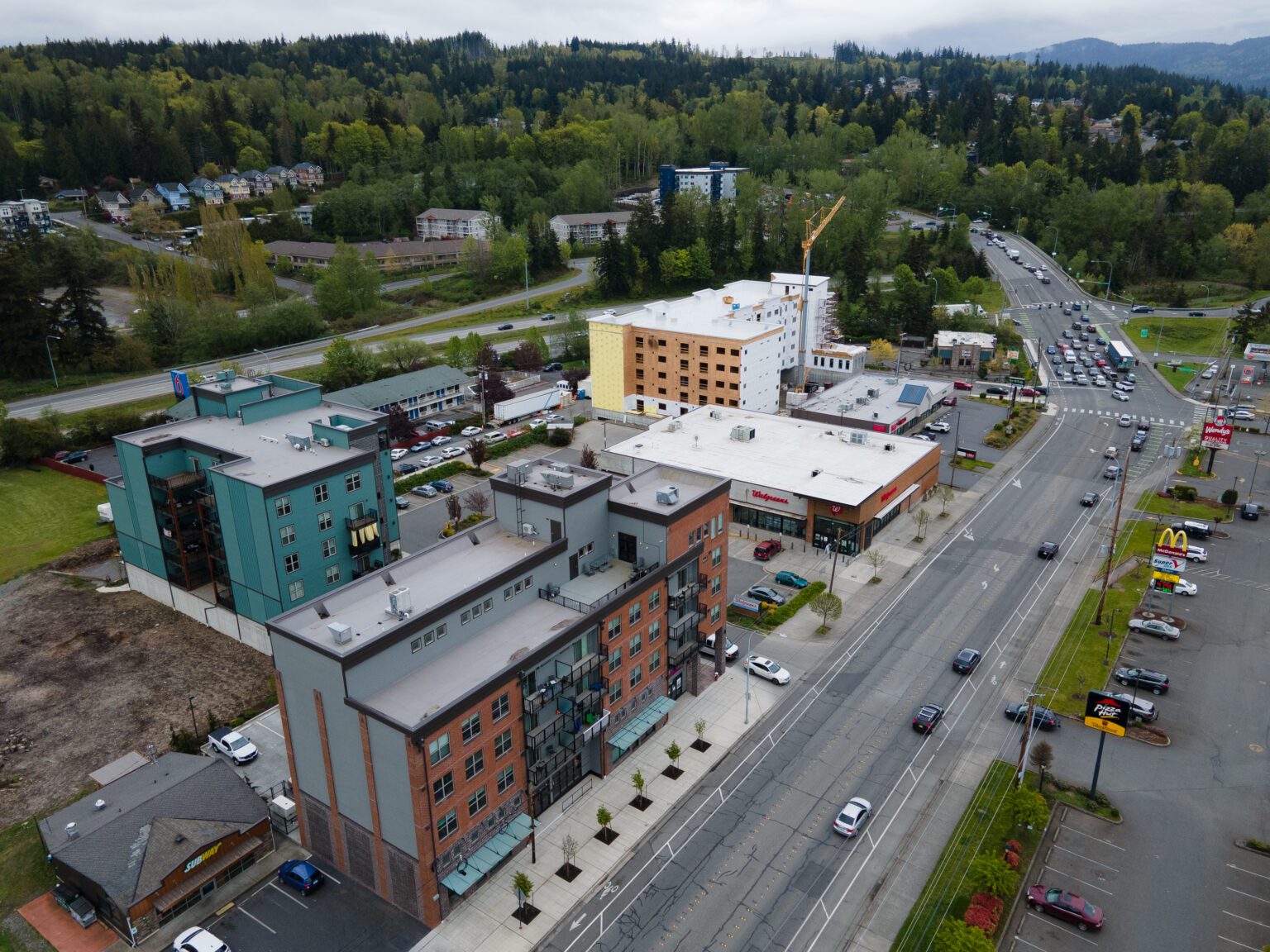Washington state may require future homes to meet new environmental standards, feature heat pumps and increase ventilation as early as next year.
Several new codes for residential buildings, including the heat pump mandate, were proposed by the Washington State Building Code Council (SBCC) last week. The codes, if approved, will apply to new single-family homes, townhomes and low-rise multifamily buildings (three floors and shorter).
The proposals will require new construction to rel


Try us out
Enjoy 24 hours of unlimited digital access to CascadiaDaily.com for just $1!
Unlock the paywall



